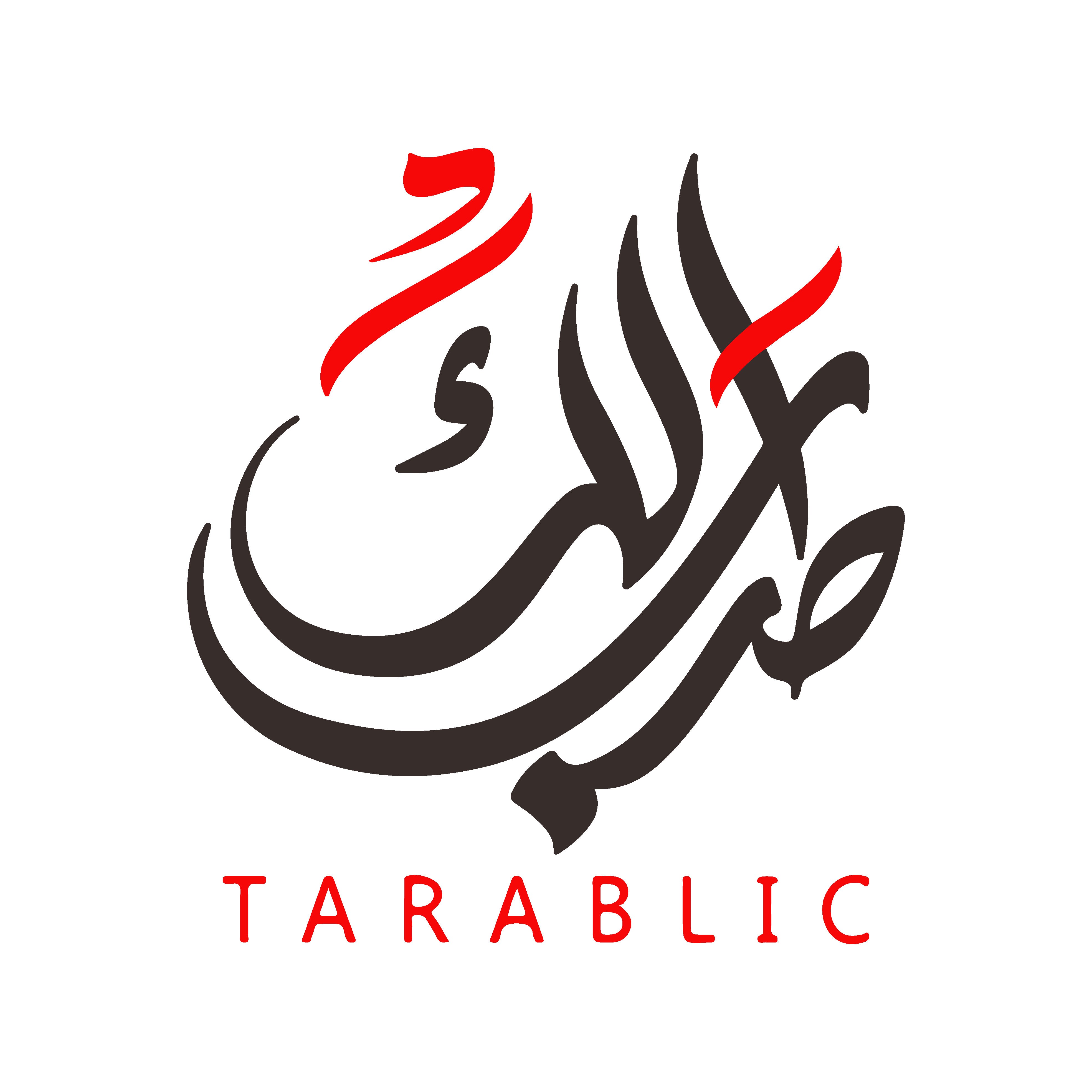The sound of the Arabic oud is generally described as richer and "huskier" than the sound of the Turkish oud. This is commonly attributed to differences in overall size and brace spacing dimensions on the sound board. Certainly, these are factors which contribute to the sound difference between Turkish and Arabic ouds, but that's not the whole story. It's likely that one can find an Arabic oud and a Turkish oud of the same size and bracing but still sound different. When we look deeper than the obvious dimensional differences we find a clue where the answer may be. There are key differences in the manufacturing techniques which, as a result, translates into key structural differences. A typical oud is made of 70 to 75 parts. As these parts are combined together, structural tensions and compressions develop over areas of the instrument body. These structural tensions and compressions have a direct impact on the frequency component of all the resonances generated by the instrument. Since the final sound that we hear is composed of the combination of these frequencies (stay tuned for a detailed blog about this subject), the manufacturing techniques has direct and critical impact on the instrument sound. For example, things like the order of assembly (which parts are held together first), if subgroups of parts are made first before the final assembly, or how the parts are held while being fuzzed...etc
From that point of view we can distinguish four different categories based on manufacturing schools, assuming all are made by reputable high level makers.
1- Ouds that has typical Arabic dimensions and measurements and made by an Arabic maker (in other words using methods that are common for that area). Those will generate an authentic familiar Arabic sound (For example Tarablic Alyasamin and Aljoori series).
2- Ouds that are made using Arabic methods and typical Turkish dimensions. Those tend to have an Arabic sound with a Turkish flavor (for example, Tarablic Alrawi).
3- Ouds that are made by Turkish makers but use Arabic measurements. Those tend to have a Turkish sound but with a bit of Arabic sound flavor
4- and Finally ouds that are made by Turkish makers using typical Turkish methods. Those will have the familiar Turkish sound.
Again, assuming all these ouds are high quality and made by reputable makers, the choice of which oud to buy becomes a matter of taste. It is my personal opinion that the 1st category is the most versatile since it can cross between the two genres.

